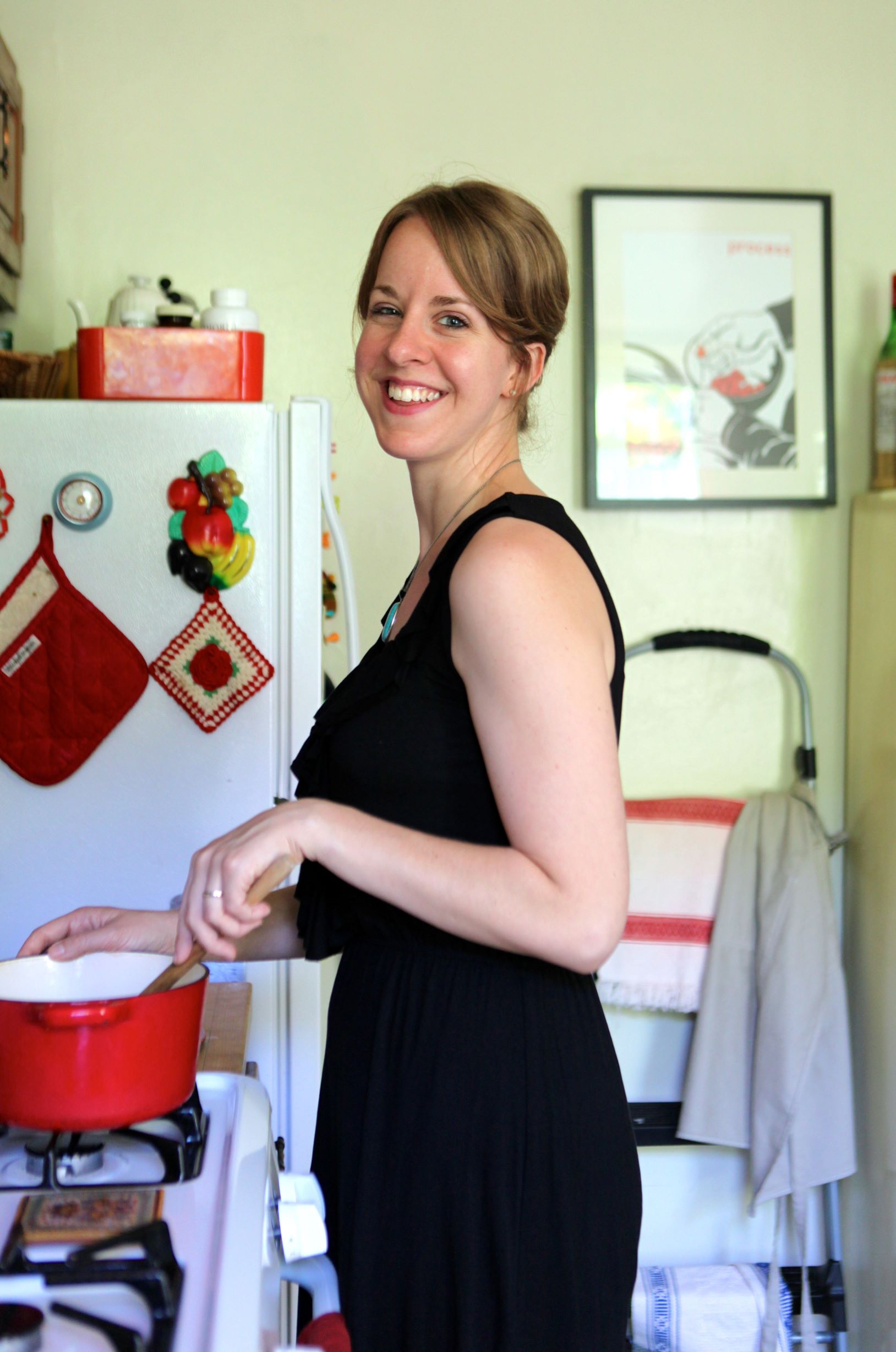
INTERVIEW: Leah Koenig on the reinvention of Jewish food
The Jewish diaspora has cooked more or less everywhere on the planet and, in the process, has created a cuisine that's constantly changing says the author of The Jewish Cookbook in our Holiday Long Read
When it comes to Jewish cuisine, ‘local’ is a relative term. As Leah Koenig, author of The Jewish Cookbook observes in this interview, Jews have lived and cooked pretty much everywhere in the world, except maybe Antarctica, and we wouldn’t bet against finding a matzo ball somewhere out there on the South Pole. However, richer pickings lie in the regions of the world where Jewish cooks have more fruitfully paired traditional dishes with local markets and cuisines. From Morocco to Uganda, Hungary to the United States, Leah runs through a few of her favourites, describes her own route into Jewish cookery, and her aspirations for this new book to reach a wide an audience as possible, regardless of background, nationality or culinary skills.
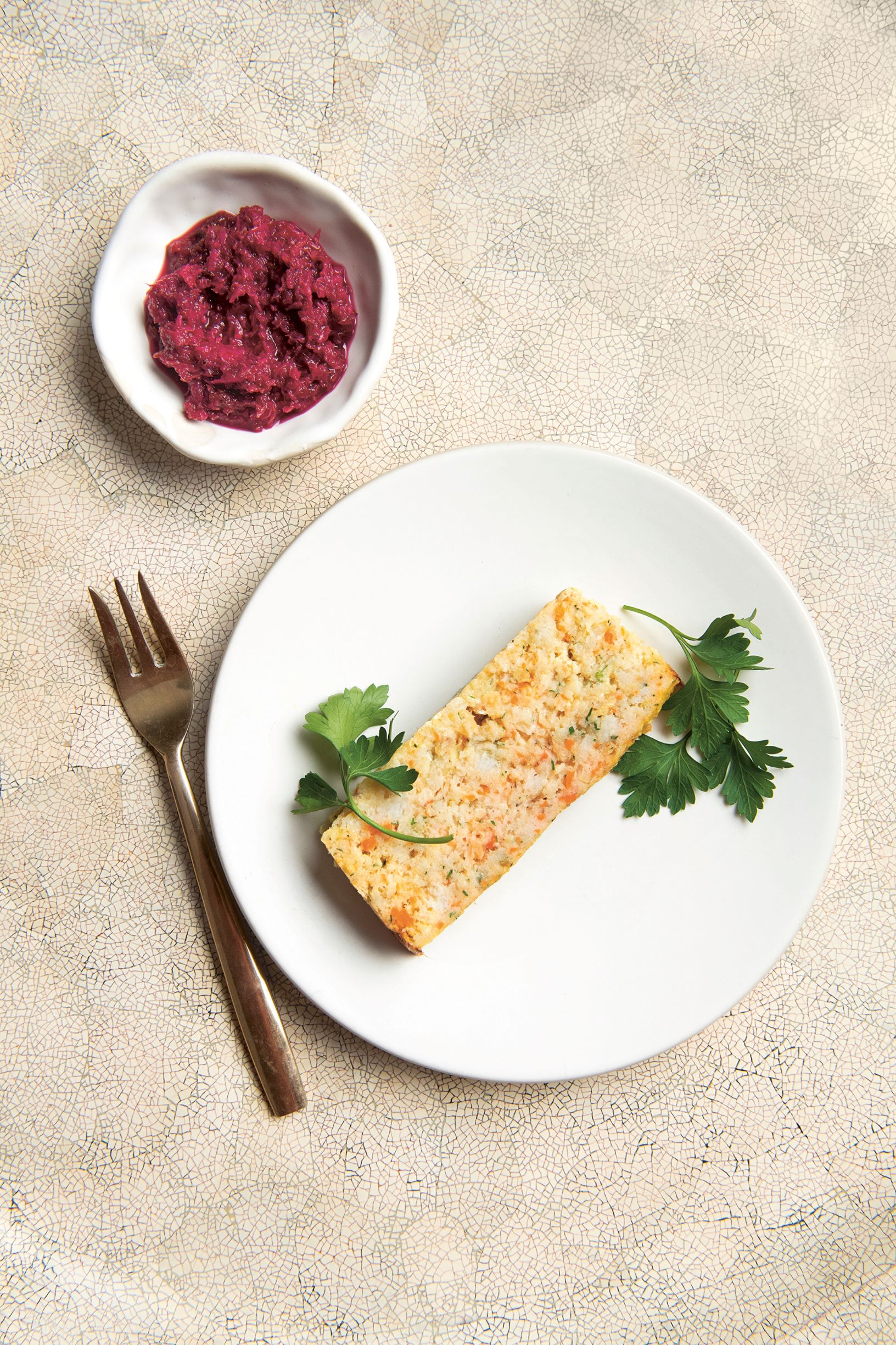
How did the idea first come about? Really this book is a culmination of the last ten years of my professional life. I’ve been writing about Jewish food for a little over a decade and the more I scratch the surface the more I realised that it’s really just an incredible global cuisine. Jews have lived and cooked pretty much everywhere in the world, maybe barring Antarctica. So really the inspiration behind the book was to try to capture how Jews eat today across the world and capture a little bit of the history of how Jews used to eat.
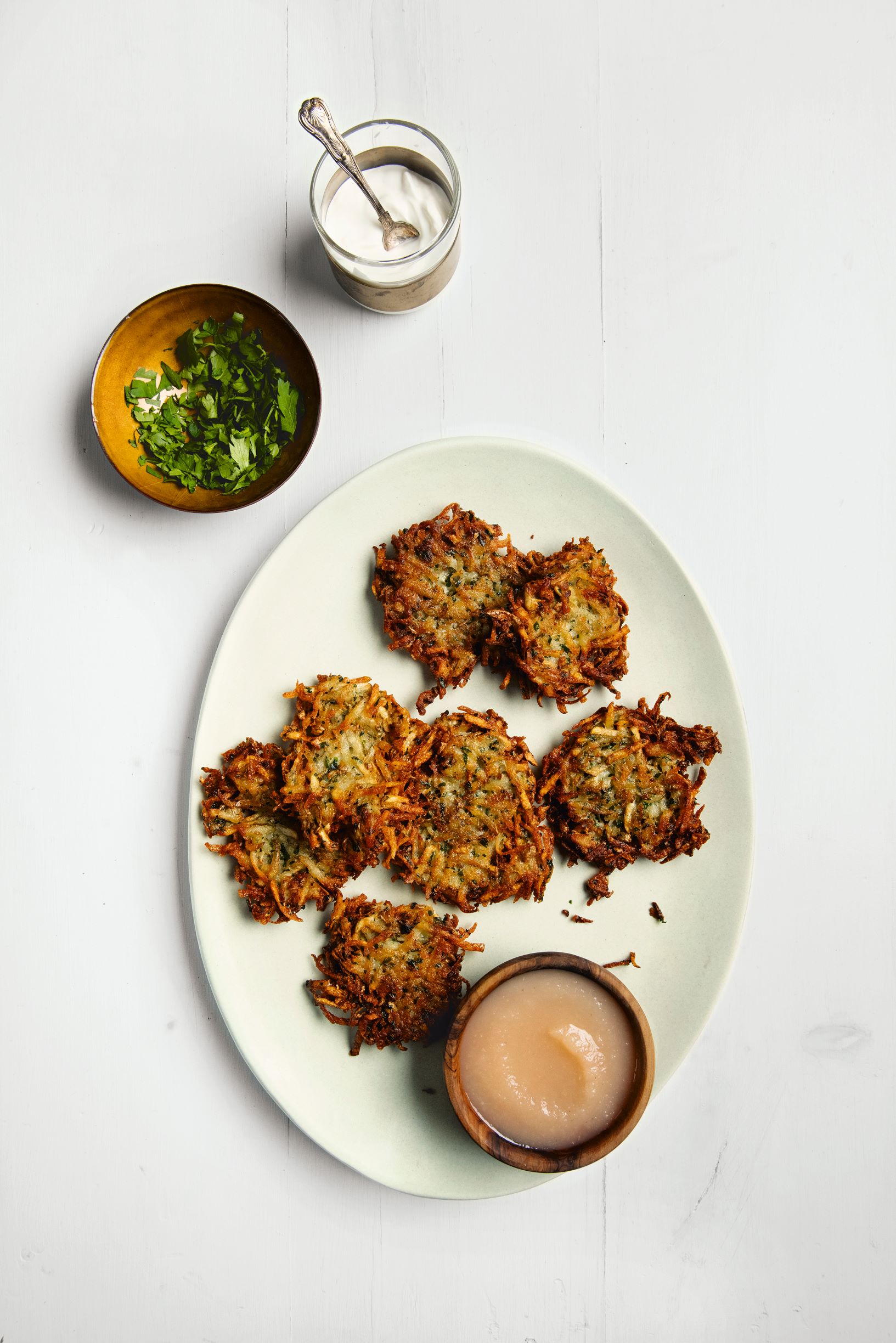
It feels like Jewish food is having a moment everywhere right now. I definitely think there is chef attention on it and, and as we’re in a more and more connected world, you’re seeing a much more rapid change. It is speeding up. You’re also seeing Middle Eastern and Ashkenazi or Sephardic foods on the same table, which you’d have never seen 50 years ago. If you were Hungarian you had Hungarian Jewish food; if you were Moroccan you had Moroccan Jewish food; and so on. In Israel this was happening earlier because you had a lot more intermarried families so you would see more cultural blending on the tables there. But in terms of it happening in America and elsewhere it’s a new thing. And it’s fun to open up the table in that way.
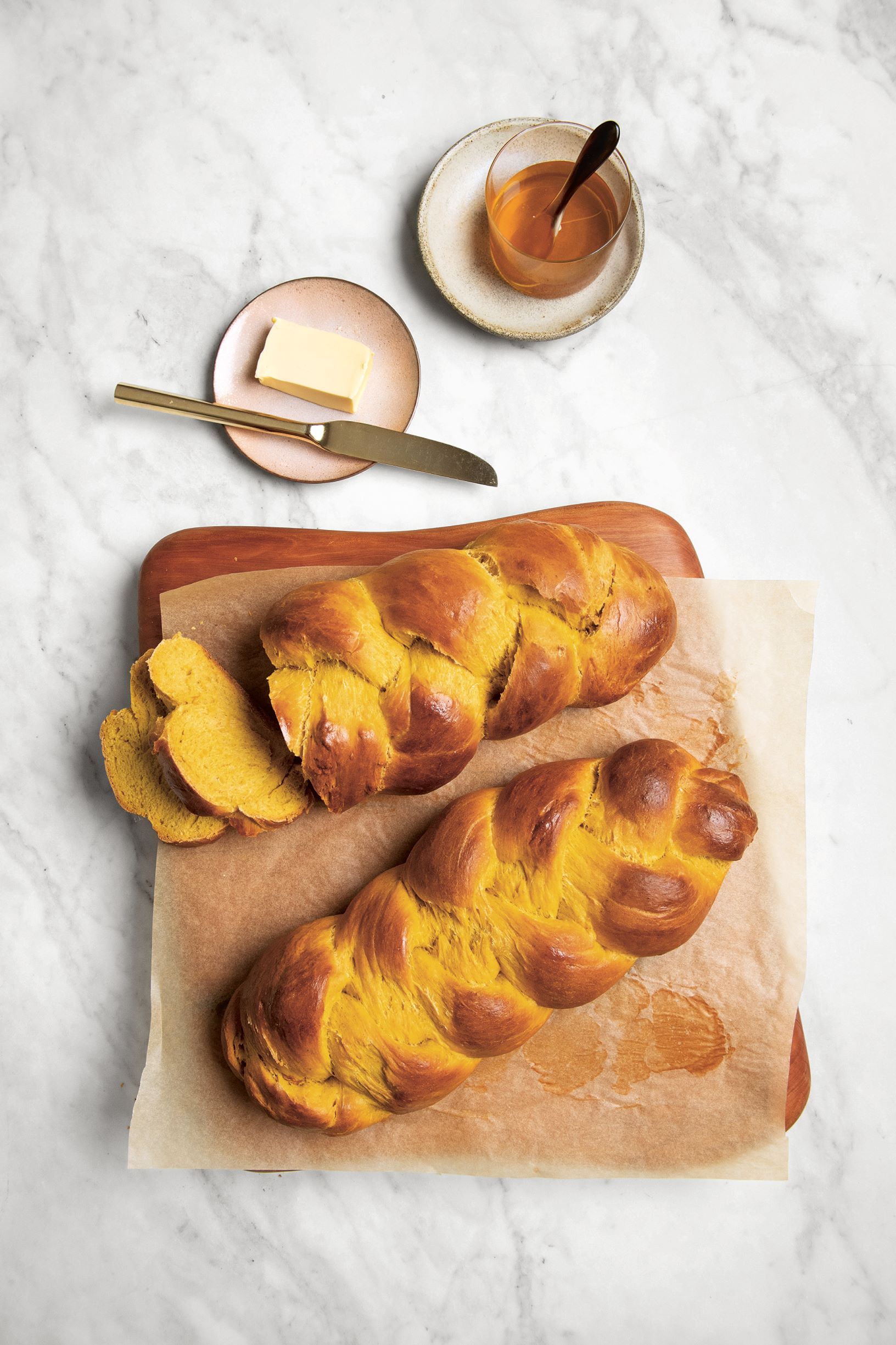
Did you engage in any myth busting along the way? Good question! I don’t know that I busted any historical myths but to me one of the things that people get wrong about Jewish cooking is that it’s static and that its been the same since time immemorial - the way your grandma did it is the way everyone else’s grandma did it. They hold up Jewish cuisine as this very traditional thing but the evolution of Jewish cuisine has been part of it since the very beginning so that’s something that I hope to bash with this book. In essence it’s just a snapshot of this moment in time and it won’t be the same in thirty years time.
Gefilte fish is a great example because in the classic eastern European Gefilte fish, quenelles are balls and then I have the baked version, which is popular in the States, and I have fried Gefilte fish which is popular in the UK but not eaten in the Untied states at all. So it shows how one dish can evolve in different places.
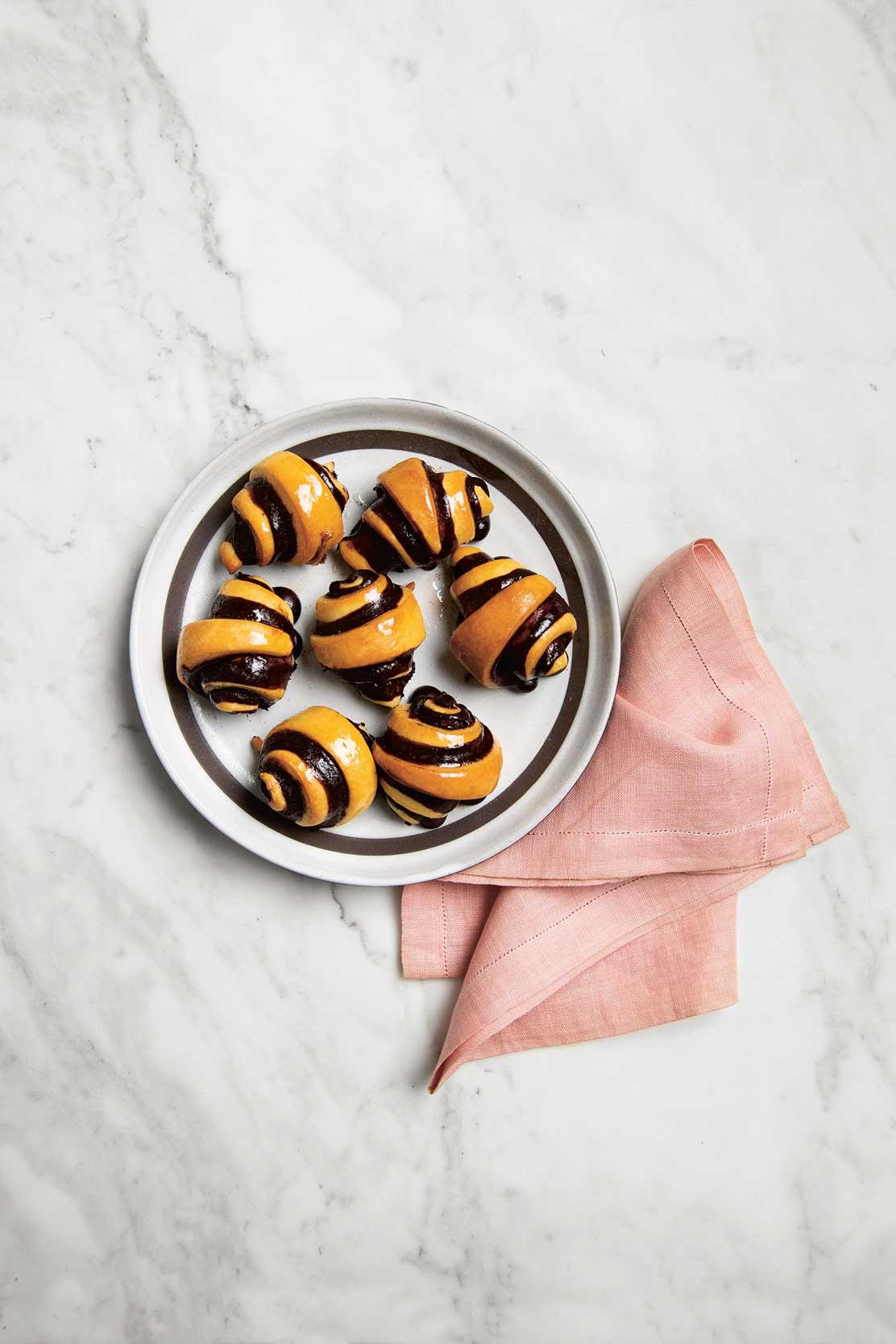
How wide do you go? One of my favourite examples is the Abayudaya Jews in Eastern Uganda, a very small, 2000 strong, community of Jews who claimed their community in the early twentieth century. So they’re not that old but to me they’re Jews who are out there in the world living a Jewish lifestyle and cooking so of course I would want to include their recipes. I tried to go as broad as possible while giving some sense of the migration patterns throughout history. In the process of doing that I probably read through 20 different versions of Jewish migration. And my head would spin!
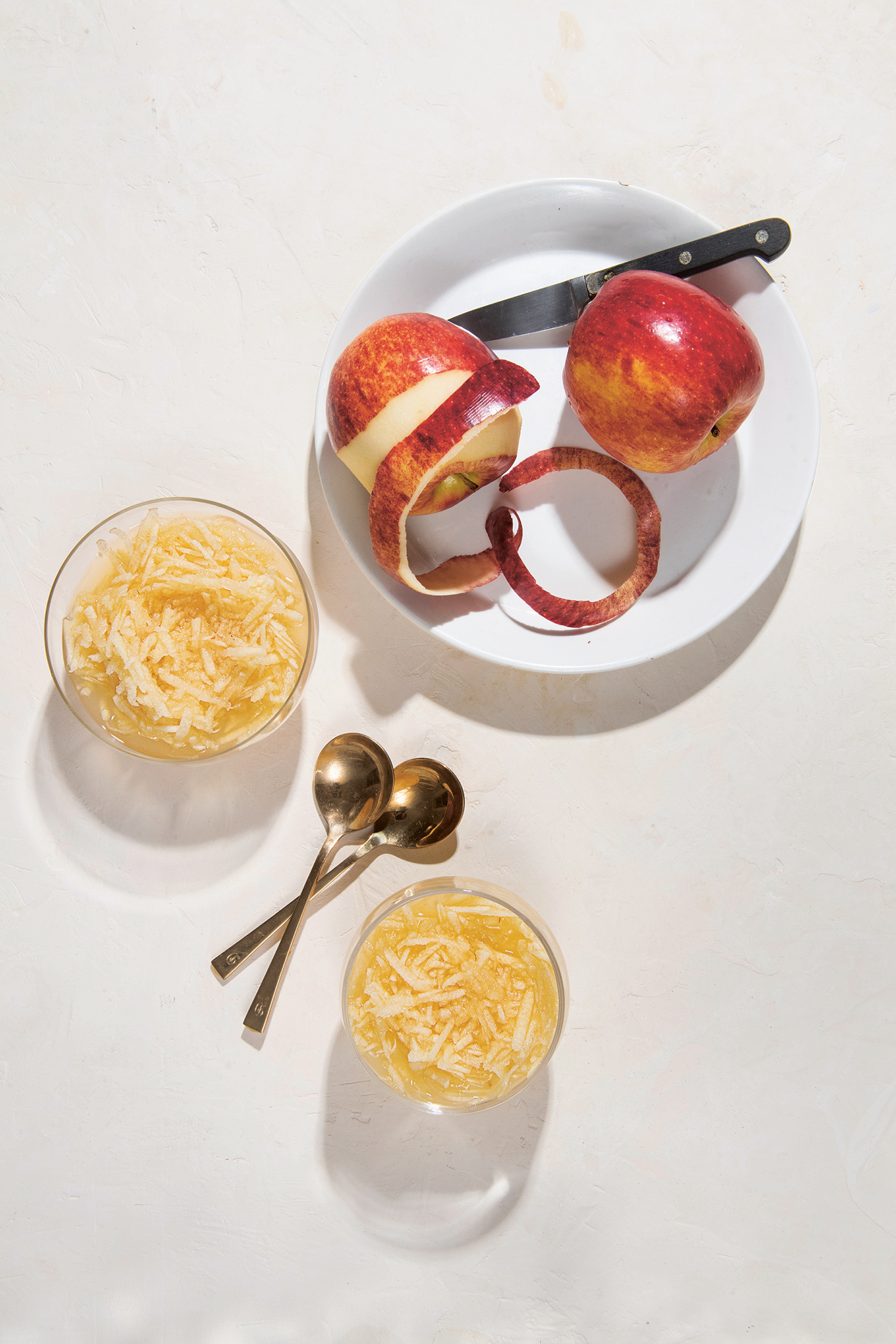
What were the big surprises for you, the dishes you’d never heard about? One that I really loved was faloodeh sib - a dish of chilled grated apple and rosewater and sugar that is served by Persian Jews called and it’s served after Yom Kippur breaking the fast. And it’s this chilled, refreshing almost drink soup hybrid. It’s so delicious and so refreshing.
As part of the research I actually cooked with a lot of women – it was so fun. I cooked with a Moroccan Jewish woman in Montreal. We made this spiced beef-stuffed artichoke bottom dish. You take a ground meat mixture and you stuff it in the hollow of the artichoke bottom and then you batter and flour and pan-fry that and then you poach the fried parcels in this tomato and pepper sauce. It’s very labour intensive but it was so gosh darn delicious! I really enjoyed watching her making it. I had never seen that particular dish before.
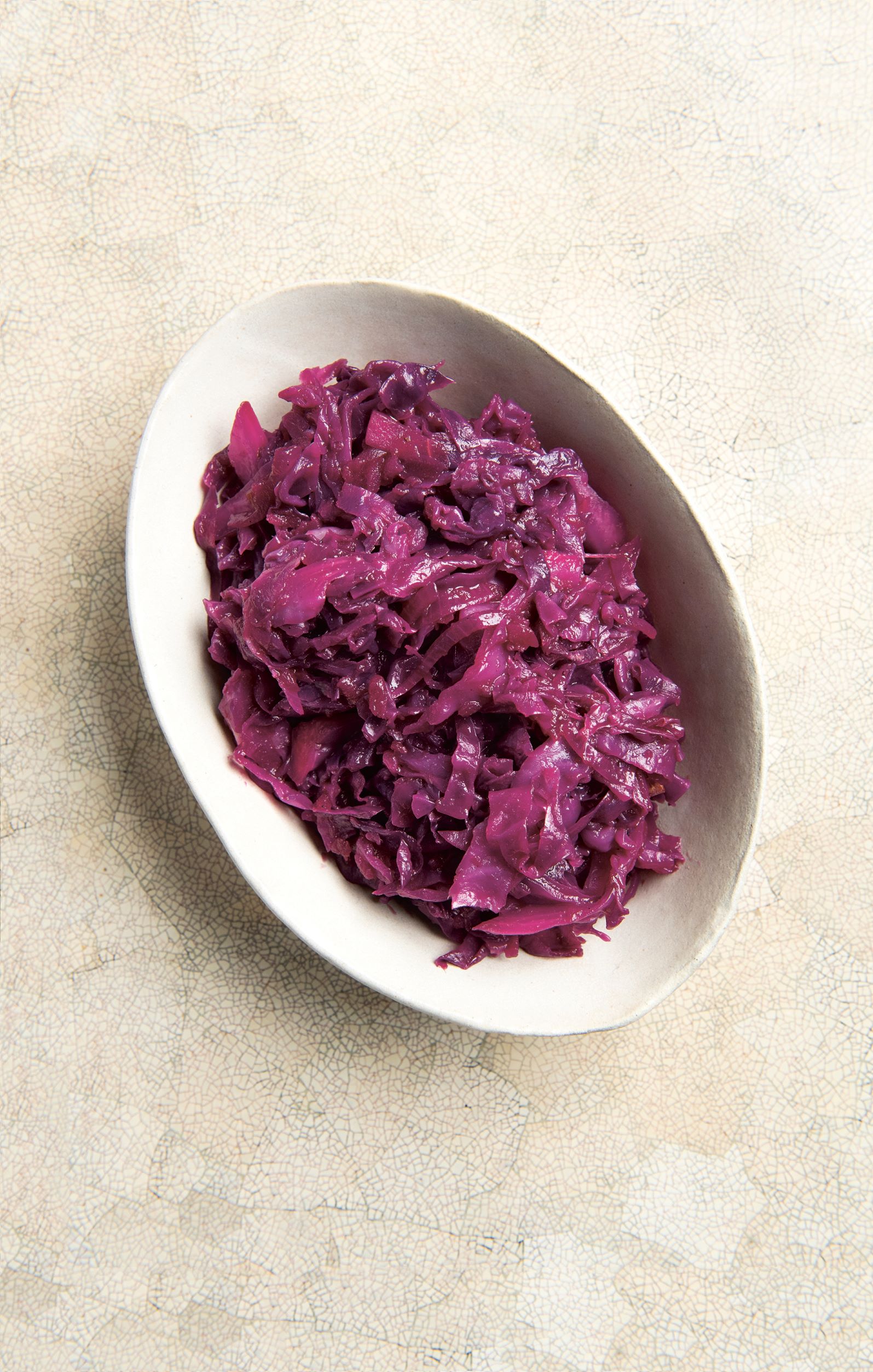
The guest chefs Einat Admoney, Uri Scheft, Michael Solomonov provide a very wide and often very daring interpretation of Jewish cuisine don't they? Yes, that was really the purpose of the point of having the guest chefs. Across the world chefs are doing such exciting things with Jewish food and they’re pushing the boundaries and redefining what it can look like. So I allowed the chef voices to push a little more and kept the home recipes a little more traditional – not boring, but traditional.
And it’s great to see Eyal Shani in there. Yes. Obviously it was an honour to have all the chefs contribute but he was definitely one of my favourites. The Miznon whole roasted cauliflower is obviously super delicious, quite easy to make at home, looks really incredible and is such an iconic dish now. So I was happy to have that one. I really loved Michael Solomonov in Philadelphia. His partner chef Yehuda (Sichel) who runs Abe Fisher, another one of their restaurants, provided a steak salad that had a reduced manischewitz sauce it was so delicious and so something that I would not think to do - that was a really fun one. And then obviously Yotam Ottolenghi did a braised leak and egg fresh take on shakshouka that was really delightful.
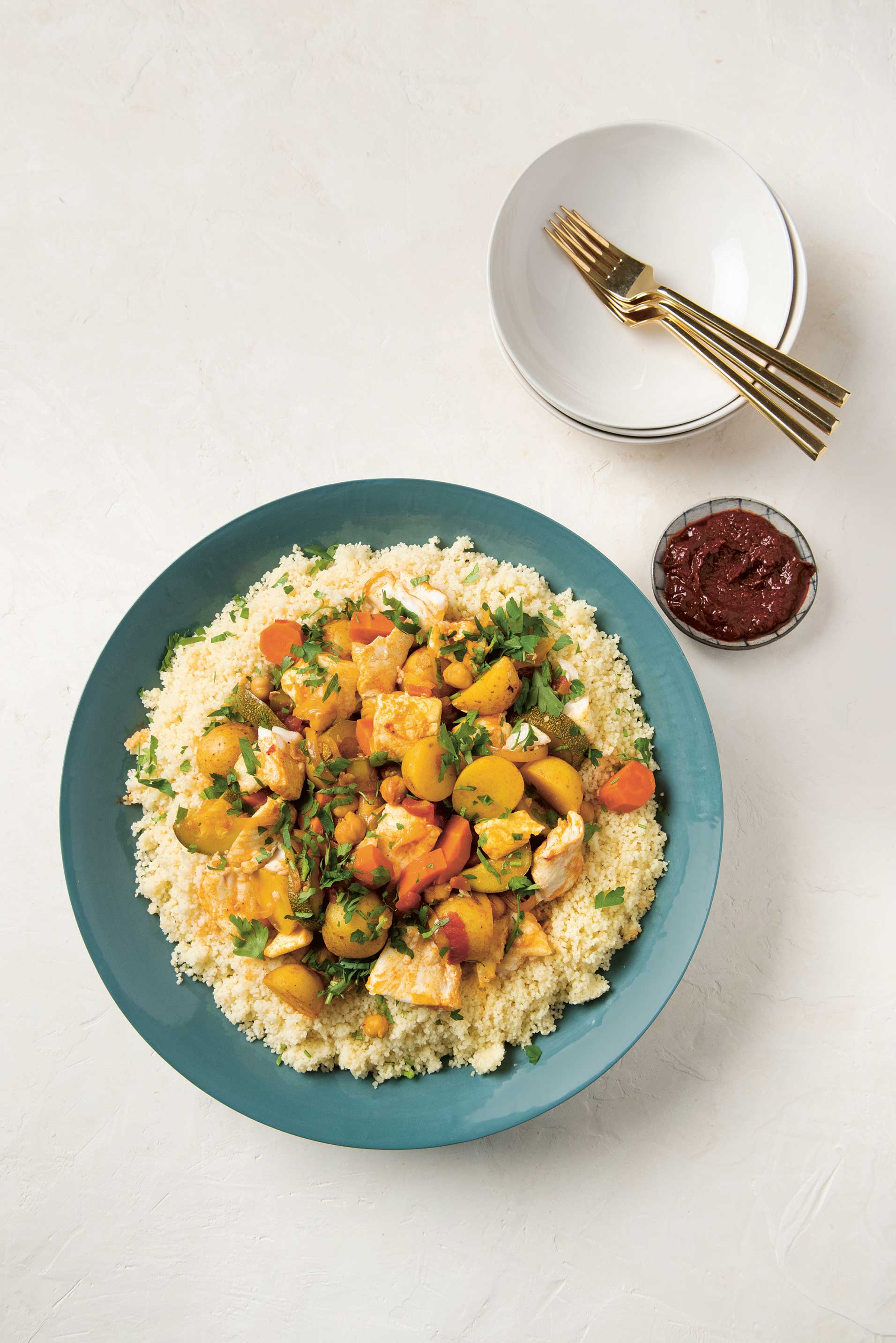
So how would you break down the main cuisines? There are three main ones: Ashkenazi is a sort of central and eastern European cuisine. Funnily enough it started in Alsace France and western Germany and I do have a couple of Alsatian recipes in the book. And then it spread to central and eastern Europe.
Sephardi started in the Iberian Peninsula - so that’s Portugal and Spain. After the Inquisition in the 1400s when Jews were either forced to convert to Catholicism or move that was the start of the spread of Sephardi cuisine. And that is characterised by more Mediterranean, vegetable forward lots of fish lots of Arabic influences as well because there were Arab traders from North Africa that had come to Spain. So there was the Moorish and Jewish intermingling before the inquisition. You’ll see things like pine nuts and raisins and flavours like that originally from Arab influence but then Jews brought with them. Rice dishes with pine nuts and raisins are a very Sephardic dish. A lot of fritters frying in olive oil. The stuff that we really want to eat now, the bright sunny flavours.
And then Mizraki or Middle Eastern cuisine is food of Jewish communities that sort of predated the inquisition - places like Iran and Iraq and places that later got a huge influx of Sephardi Jews. That takes in a lot of Middle Eastern cuisines kebabs and pilaf dishes and shakshuka. Then you have the Jews of India Ethiopia central Asia and Georgian and mountain Jews. Those are independent of these three strands.
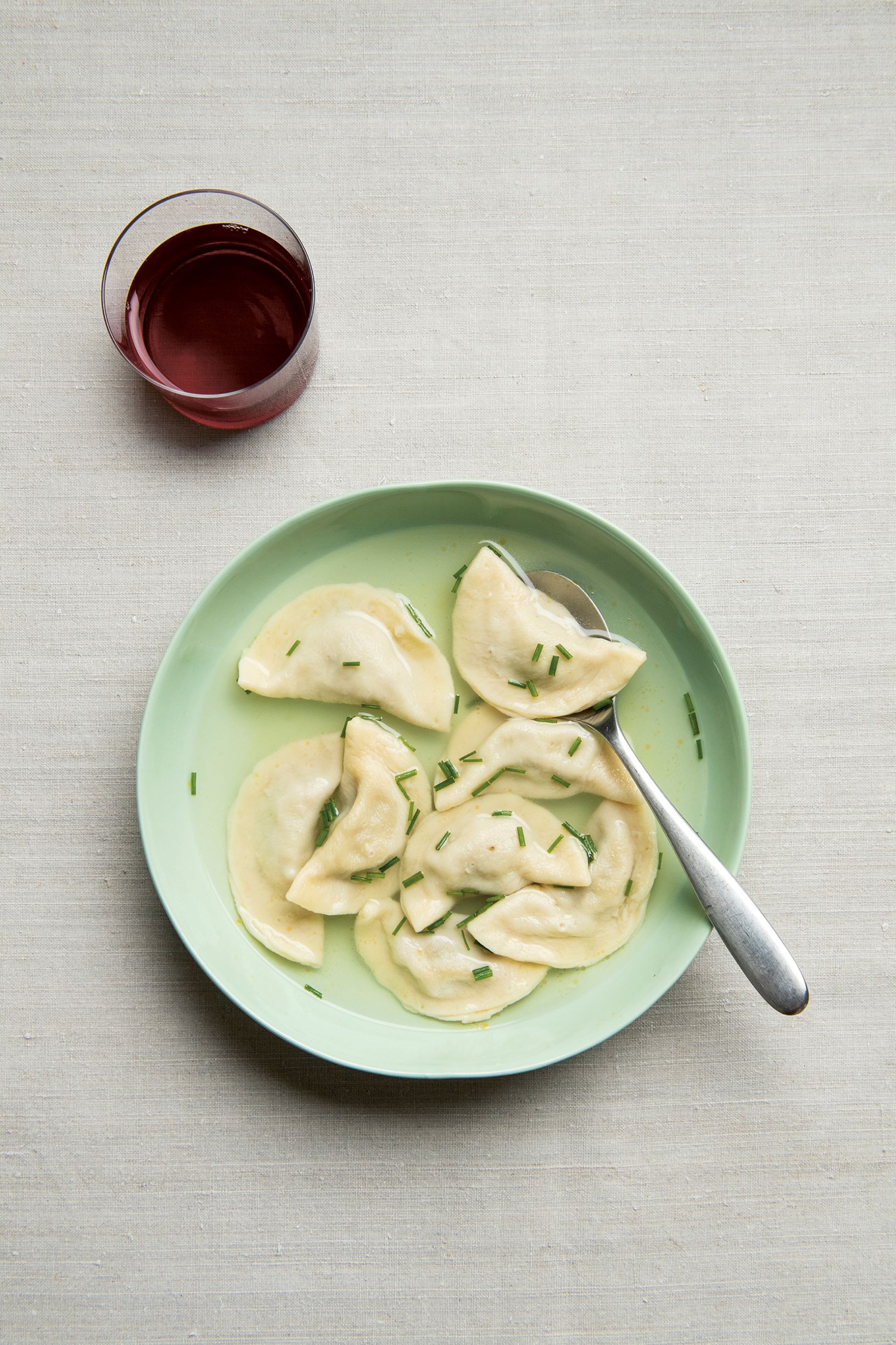
Did you embrace Jewish cooking at home or did you rebel a bit? Oh I definitely had my bat mitzvah but then I was sort of done with Jewish life. I wasn’t really compelled by religion at that point but my mum made wonderful latkes and amazing brisket. So while we weren’t a super religious family food was very much a part of family life. My mother was ahead of the curve in that she always used fresh vegetables, we shopped at the farmers market, she never let us have pancake syrup we always had proper maple syrup on our table. I was actually a fairly picky child but the early appreciation of real ingredients and good food started there even if I didn’t realise it at the time. So again, even though I didn’t appreciate it at the time the touch points were there when I was ready to come back to it and really explore. And then it was incredible to realise that the dishes I grew up with were just the tip of the iceberg.
So how did you start cooking? I first started cooking at college at university when I lived in an environmental studies house - a hippie co-op basically. We cooked for ourselves – 17 of us - every night and we rotated. People would drop by so we could be cooking for up to 30 people a night so I learned trial by fire. I made a lot of very virtuous vegetarian food at the beginning. But that was really the watershed moment for me when I realised that cooking is not just something you do to sustain yourself it’s actually a joyous community thing. And so from there the holiday started rolling around and I thought oh, maybe I can make hamantashen or maybe I can make potato latkes or I can make Matzo balls or whatever it was. That was kind of the Jewish piece, exploring my own background in food.
It must have been great to come back to it in this way Yes! I’m really excited to share this book and I hope it resonates with folks regardless of someone’s connection, or lack of, to Jewish cooking. Its not quite as grand as French cuisine or some of the other world cuisines but I think Jewish cuisine has something to share with the world so I’m excited to be part of that.
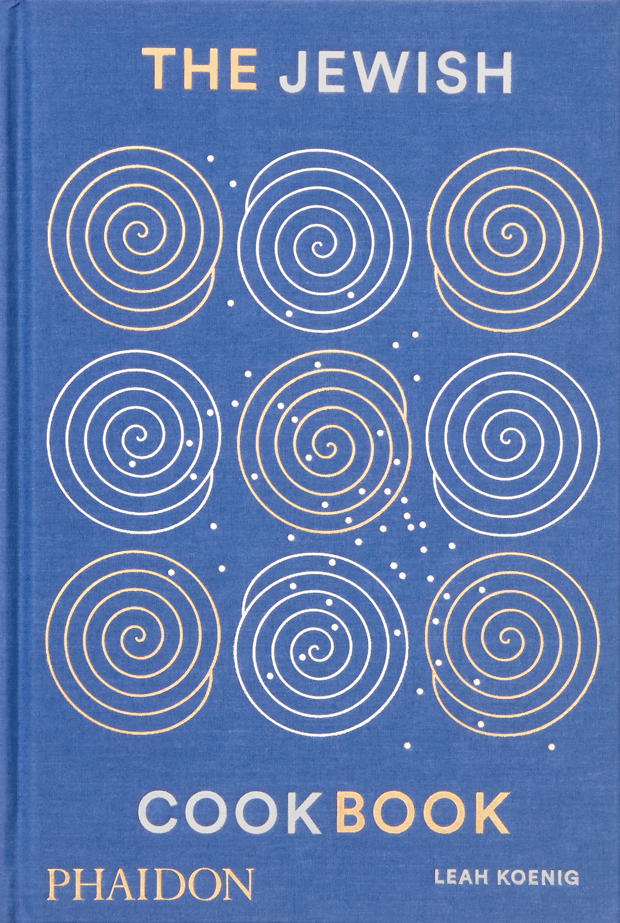
Get The Jewish Cookbook here - 400 home-cooking recipes for everyday and holiday foods from the Middle East to the Americas, Europe, Asia, and Africa, as well as contemporary interpretations by renowned chefs including Yotam Ottolenghi, Michael Solomonov, and Alex Raij. The Jewish Cookbook is a definitive compendium of Jewish cuisine and introduces readers to recipes and culinary traditions from Jewish communities the world over - perfect for anyone looking to add international tastes to their table.